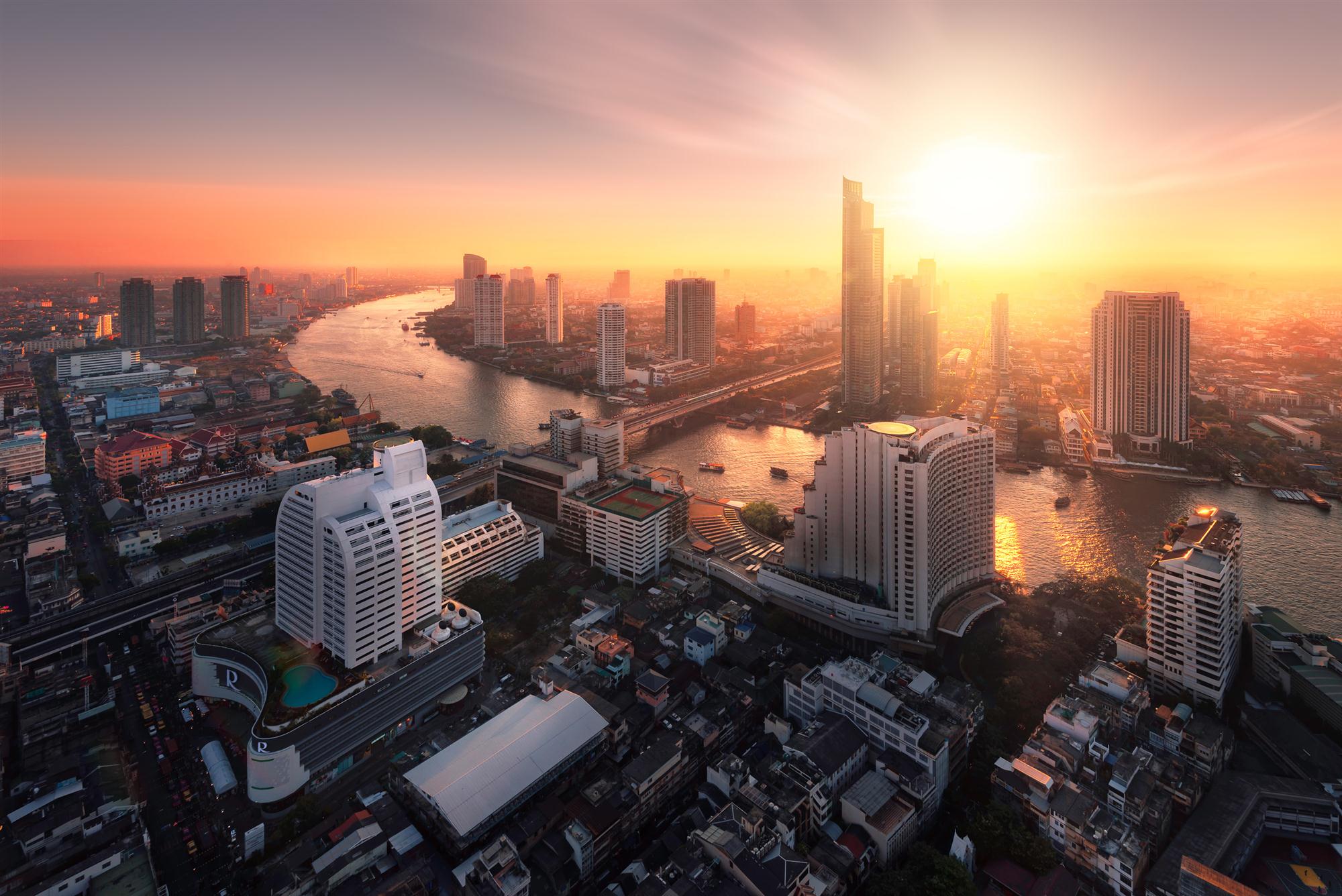Perhaps one of the biggest insights into what is going on in Thailand’s logistic and freight markets came in a recent speech by Veerathai Santiprabhob, Governor of the Bank of Thailand.
Central bank governors such as Santiprabhob are important figures in Thailand – and what they say counts. What makes his speech to the recent Euromoney Greater Mekong Investment Forum so interesting is that it showed a Thailand which is moving away from a discussion about hardware – new roads and railways – to a Thailand that is considering the next phases.
There was, for example, no reference to Thailand’s ambitious (but currently stalled) plans for railways, but there was a reminder of the need to consider better use of what infrastructure Thailand already has, especially roads, as well as the need to go digital. This, he made clear, was to be done in a big way.
“Sufficient digital infrastructure should be put in place, as it will considerably strengthen other modes of connectivity,” he said. “The internet and mobile communication connectivity will radically change the ways in which businesses operate and people interact, as they drive productivity and efficiency of all sectors. It will also facilitate financial, transport and logistics services, as well as open doors to knowledge-sharing for people across the subregion.”

Santiprabhob’s speech showed that he is well aware of the challenges involved with updating Thailand’s digital infrastructure.
“While digital technology is rapidly improving in some countries [in the Greater Mekong Subregion], there remains a large digital divide both within and between countries that should be narrowed,” he said. Central bankers, though, tend to be a cautious lot, especially where money is concerned, and Santiprabhob offered no suggestions on how that issue is to be tackled.
A presentation by venture capital firm Kleiner Perkins Caufield & Byers to the Internet Trends Code Conference 2016 put Thailand in the group of countries – along with Egypt, India, Indonesia and the Philippines – as “countries (which) demonstrate medium to high barriers to adoption.” Among the larger challenges the firm identified were incentives and infrastructure.
While there is work to do in setting up a digital infrastructure, Santiprabhob also identified another area where there is even more work to be done: regulation. Thailand is turning to consider not so much the hardware it should put in place to build things, but the systems it needs for these things to work well in a modern trading economy.
“It is important that [Greater Mekong Subregion] governments harmonize rules and regulations for trade and investment transactions, both within each country and between countries, with a view to improving ease of doing business and lowering trade and investment transaction costs,” he said in his speech.
As Santiprabhob pointed out last year, Thailand’s 25 border customs checkpoints with Myanmar, Laos and Cambodia registered trade flows of more than B500 billion (US$141.8 million), accounting for around 80% of total trade volumes between Thailand and these three countries.
While Thailand is starting to change its approach from ‘what-do-we-need-to-build’ to ‘how-do-we-run-and-regulate-it,’ it wisely acknowledges that hardware is always going to be needed and, as Santiprabhob said, will always be a work in progress.
“We still need to do a lot more to be better-connected with each other,” he said.
As part of the new emerging mindset – and maybe the new economic and trading realities in Thailand – what Santiprabhob flagged was not so much the need to build more, but to better use what is already there.
“Many roads remain not fully operationalized or underutilized. Road transportation in the [Greater Mekong Subregion] is not seamless as it should be. In some routes, large trucks carrying containers still have to offload their goods to smaller vehicles to navigate the roads. Also, cross-border procedures remain obstacles to easy access of goods and people. Apart from building new infrastructure, it is therefore equally important to ensure that the existing ones are fully utilized to their potentials,” he said.
“The road network within Thailand is, in general, adequate,” an official with trade body GMS-Freight Transport Association (FRETA) told Asia Cargo News, adding where the network is lacking, “it is being worked on.” The problem is that funds are sometimes spent poorly or sometimes to tackle a problem in the amount of demand needed for proper highway utilization.
“Within Thailand, if roads included in Greater Mekong Subregion corridors or Asian highways are underutilized, it is because there is not the commercial demand,” a GMS FRETA spokesperson said. “Some of these routes were chosen because they looked good on a map rather than because there was a need,” such as the road to the Dawei Special Economic Zone in southeastern Myanmar.
By Michael Mackey
Southeast Asia Correspondent | Bangkok




